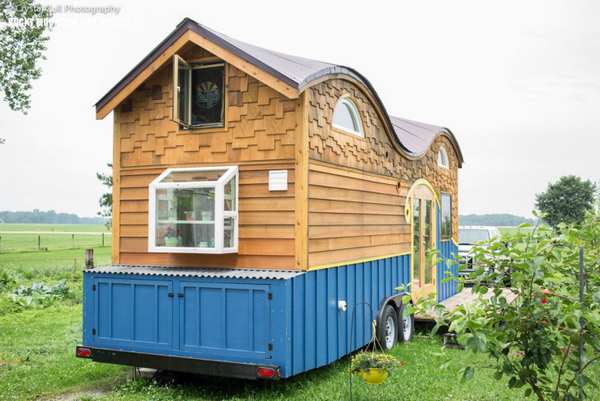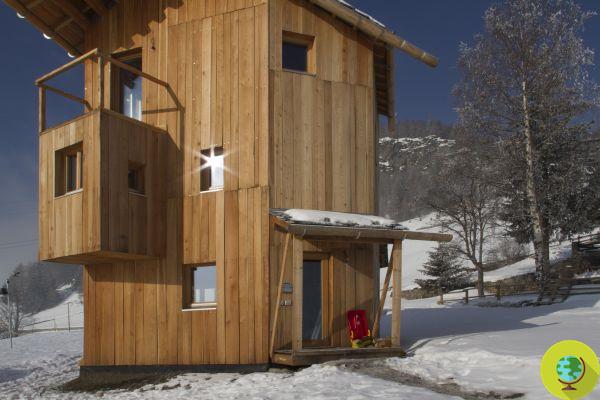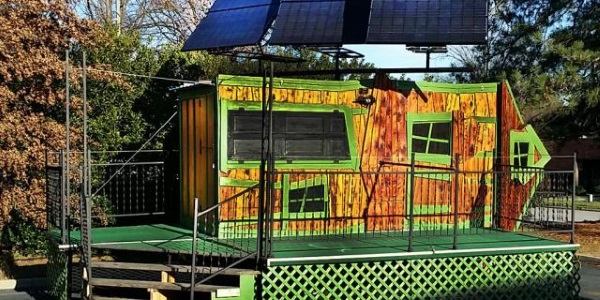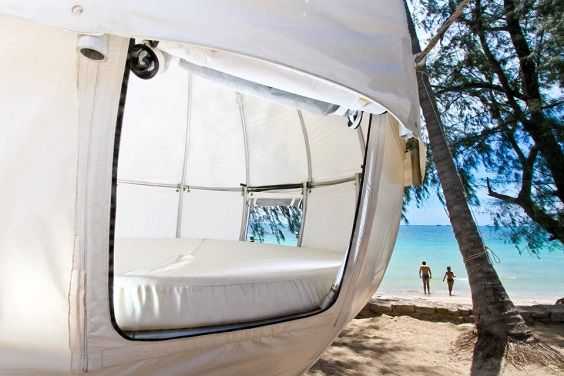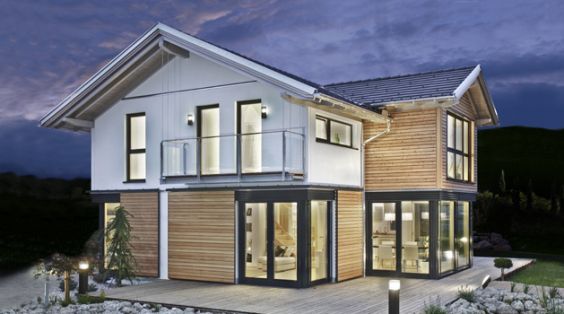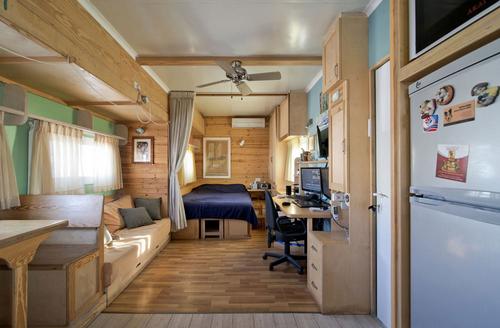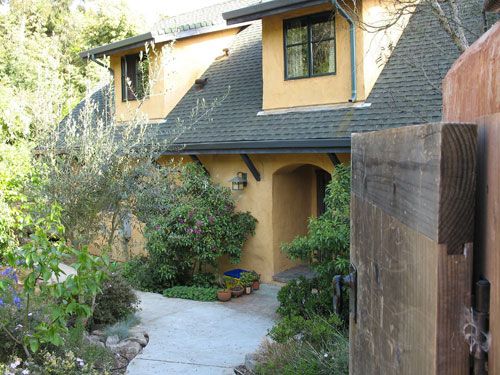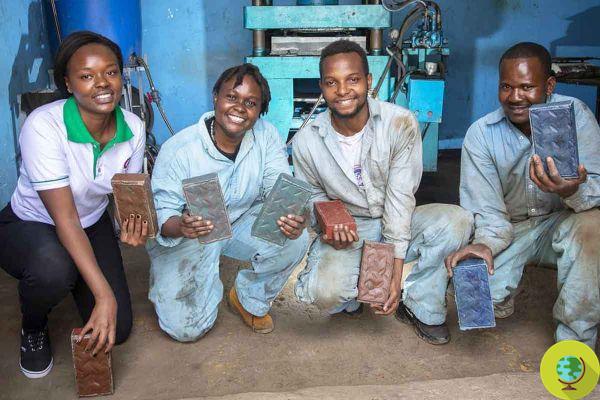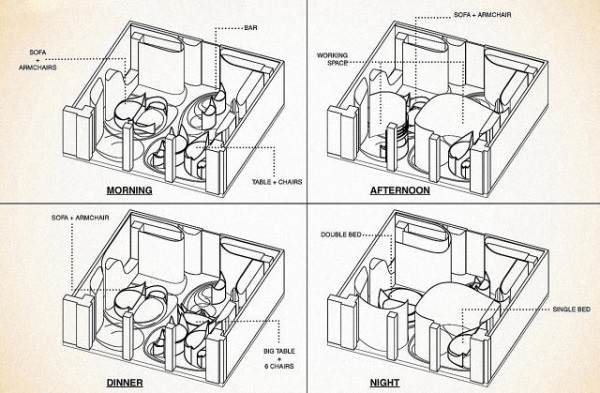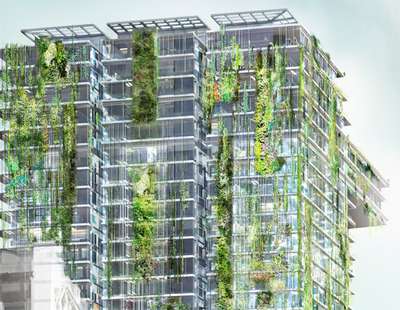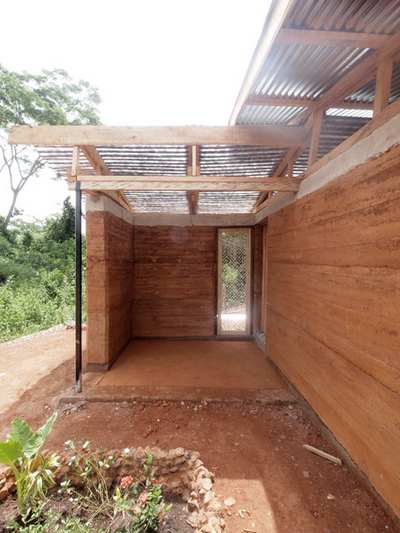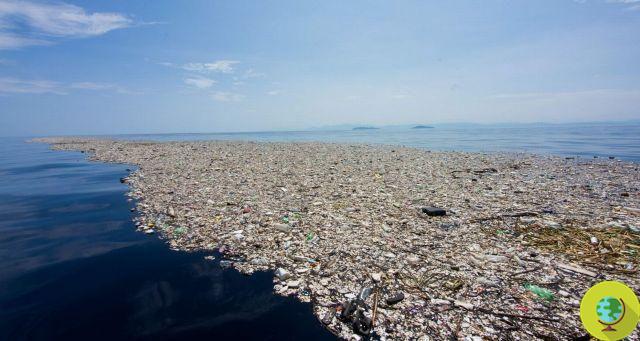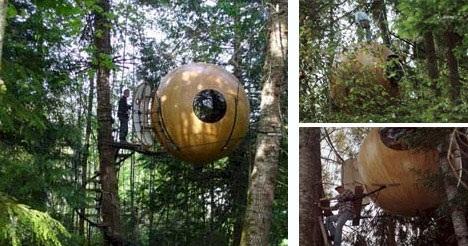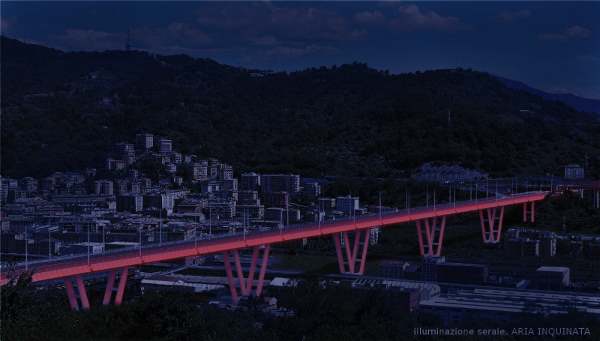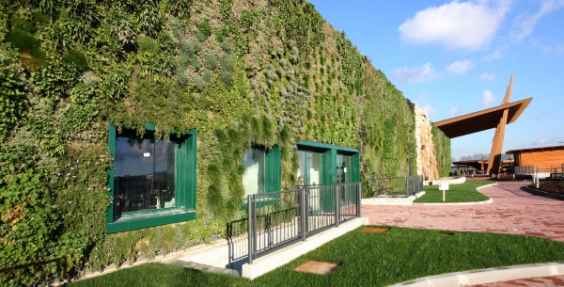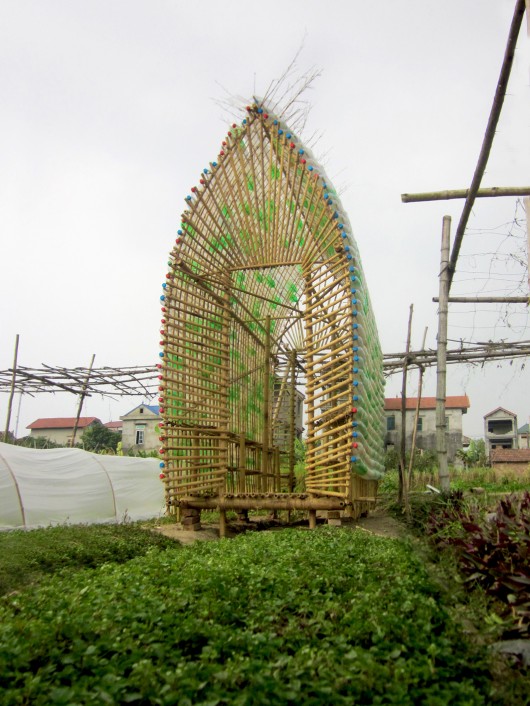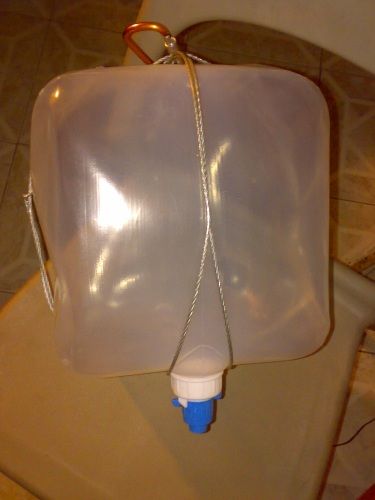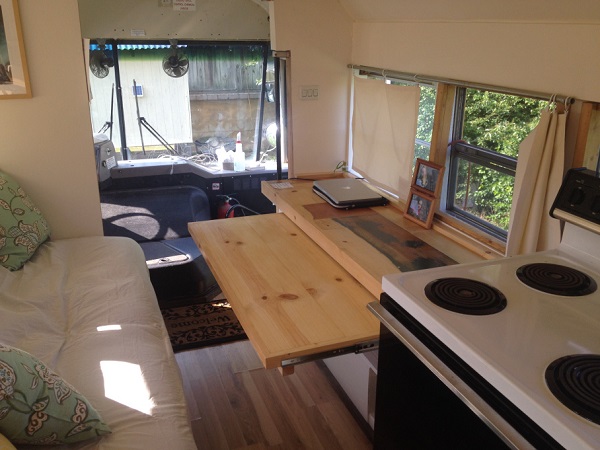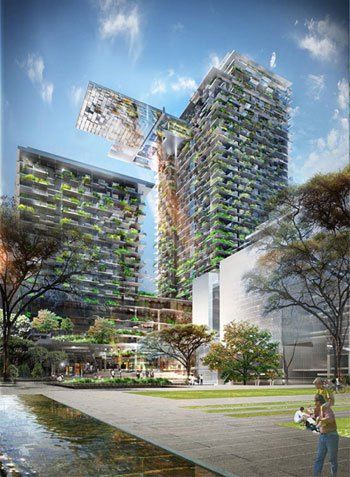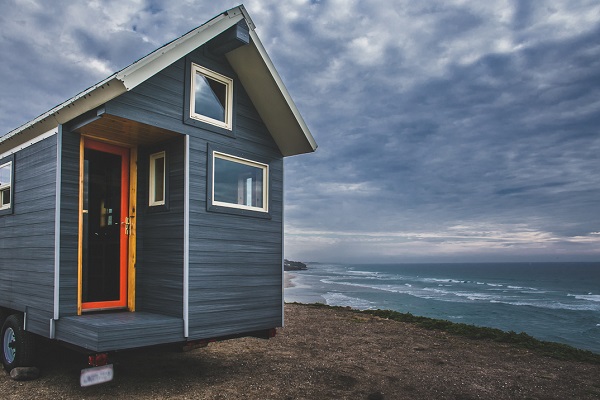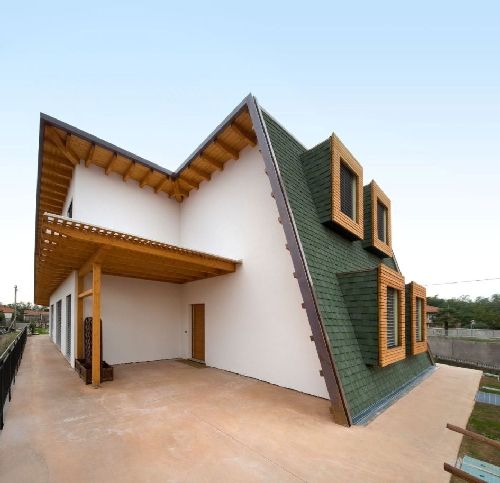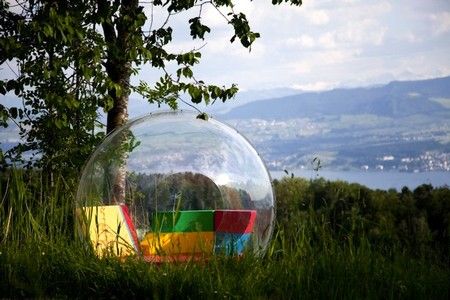Green roofs, made mostly of peat, also have their own story to tell in Iceland and are more beautiful than ever
He is about to end up run over, his mother saves himNot only in Norway, Scotland, Ireland and the Faroe Islands. Not only in Greenland, in Holland and even in the great American plains. Also in Iceland green roofs have their own story to tell and are more beautiful than ever.
In fact, it happens that here, in the middle of the Atlantic Ocean, it took hold in 9° century the tradition of covering the houses with a turf “carpet”, made then above all of bag (in English "turf" means precisely peat), introduced by the Nordic settlers, the first of whom were the Vikings.
A bit like animals that dig themselves to hibernate burrows surrounded by earth and roots, so that traditional turf has a mission to make one cozy home during the coldest seasons (a fact not lost by Northern Europeans and dating back at least to the Iron Age).
Unlike in other countries, however, where the practice has been used primarily to build homes for the poor, turf houses in Iceland are different. According to UNESCO World Heritage List, the turf technique is unique because it is used for all economic classes and for all types of buildings (houses, churches, stables…). And so, this tradition, all Icelandic "vernacular architecture", has earned it candidacy to become a UNESCO heritage site.
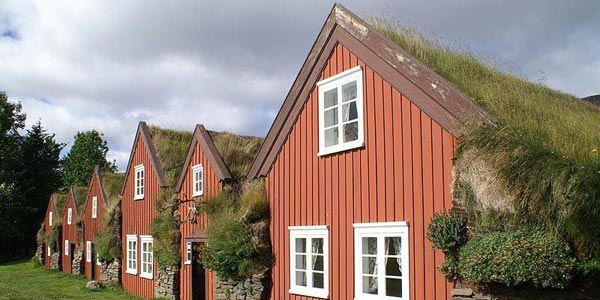
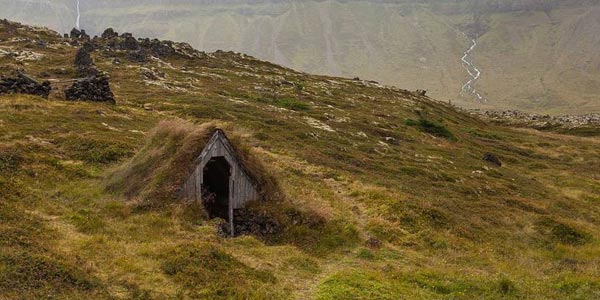
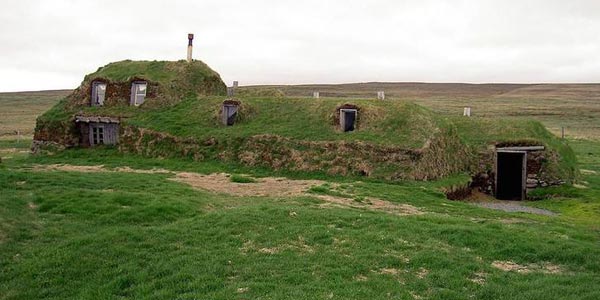
HOW TURF HOUSES ARE MADE - As the name suggests, the bag is one of the main materials used for the construction of these structures. Wood is used for construction, peat is provided to form the thick walls and as a cover for the roof. Sometimes the stones are used with or without the turf for the walls and the slabs can be used as a base for the roof. Although the building materials used have not changed much, the shape of the turf has been modified, which has adapted from time to time to the context that has changed over the centuries.
The "duration" of the walls is very variable: the composition of the materials, the quality of the workmanship and the fluctuations in the climate play an important role in this sense. The fact is that a periodic renewal of the turf is necessary and, in some cases, even entire walls or houses need to be dismantled and rebuilt with a new green mantle, even if the stones and timber can be reused.
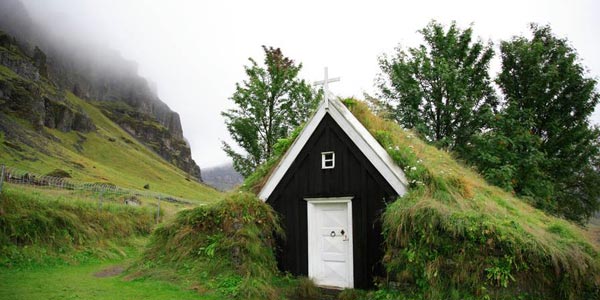
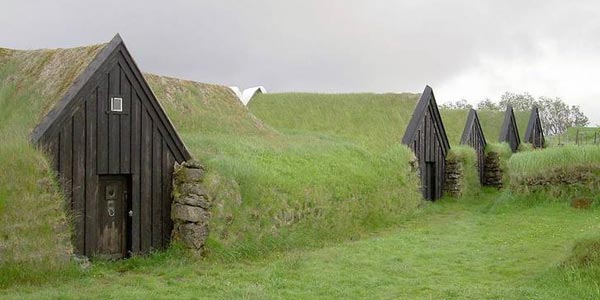
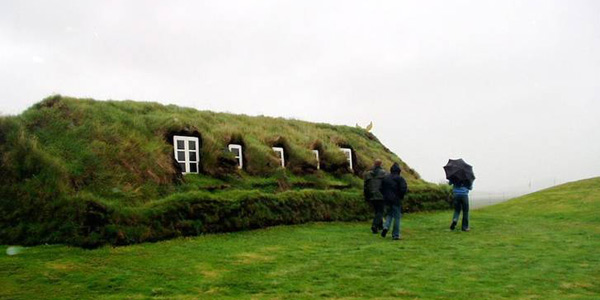
Although the turf houses are not all inhabited now, they still remain direct evidence of each site's long history and a strong connection with the past. Their continued use throughout the country highlights their role within the ever-changing agrarian landscape of the Icelandic countryside.
The nomination as a UNESCO heritage site aims to testify to this exceptional type of vernacular architecture and to send a single message: what if the tradition of green roofs was revived where possible by exploiting today's technologies and giving a positive boost to energy saving?
Germana Carillo
Photo Credit
READ also:
Turf Church of hof: Iceland's last green-roofed church
Earth houses: the "Hobbits houses" built in perfect harmony with nature
Green roofs: a prehistoric tradition in Norway. The most beautiful images




